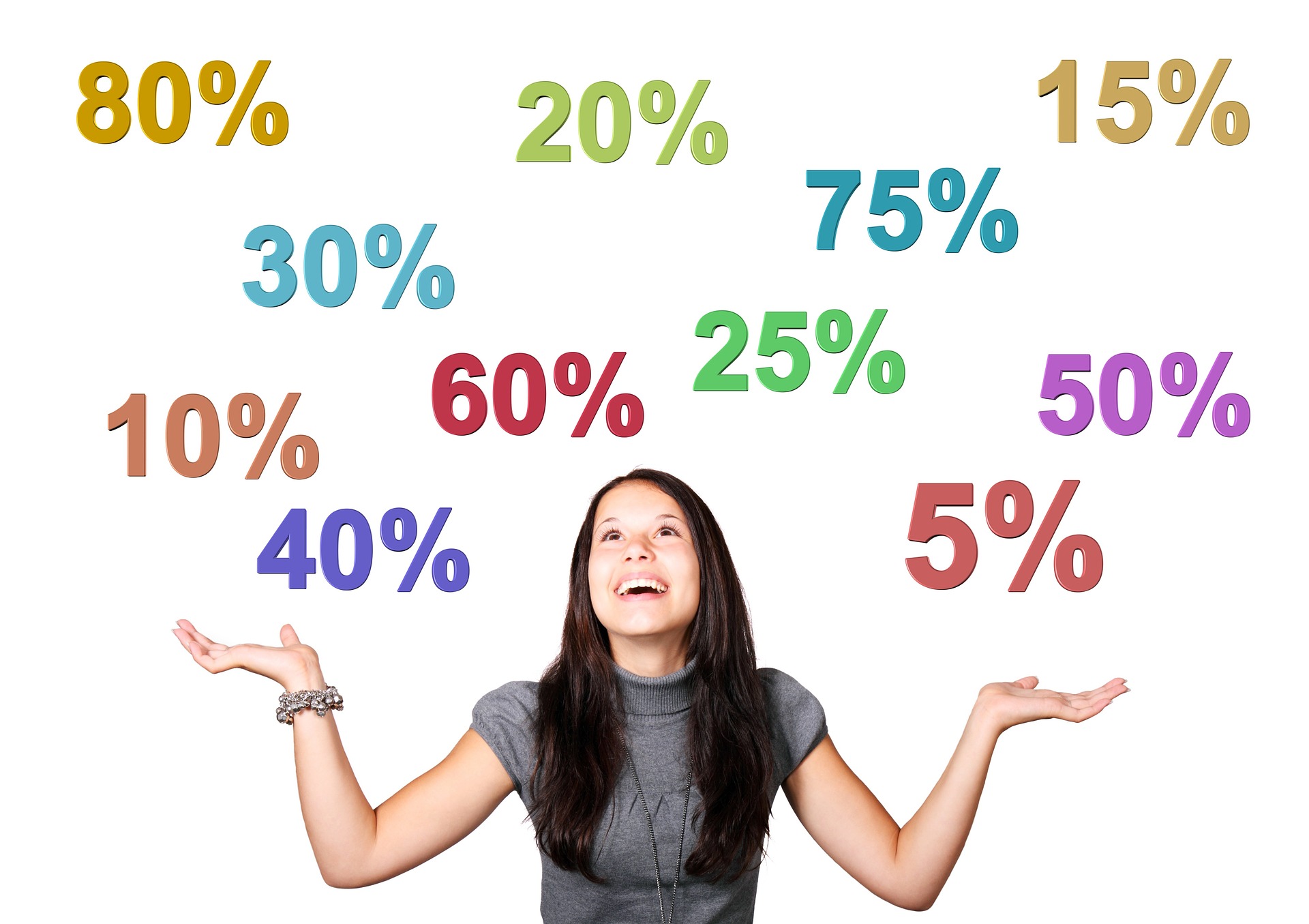
Unless you’re required to sell a product at a specific price point, like the MSRP (manufacturer’s suggested retail price), then you’re in charge of the anxiety-inducing task of setting your prices in your store. It’s not easy, considering all the things you have to factor in: competitive pricing, customer expectations, how product costs and shipping impact your bottom line, and other operational overhead costs.
You have to find a sweet spot that doesn’t impact your sales or profit.
If you price your products too low to beat competitors, then you might win more sales, but your profit margins will suffer. You have to hope those losses are made up in volume.
Aiming for the middle ground will leave you to compete on similar price points with everyone else. This may balance profit and volume, but you’ll need to find more ways to make yourself stand out, which means you might have to put more money and effort into your marketing efforts.
If you price too high in hopes of making your product appear more valuable to high-end consumers, you could attract an audience willing to pay more. By doing so however, you turn off audience segments that are price-sensitive.
There are a few different strategies you can use to decide how to price your products without negatively impacting your margins. These pricing methods will help you determine whether you’re pricing for high or low volume, trying to find that perfect middle ground, or leveraging psychology to move your products at any price.
1. Anchor Pricing

Anchor pricing is a psychological tactic in which the original price is listed for a product and immediately beneath or next to it, the sale price is listed. It’s designed to help the customer recognize the savings they’ll get if they make the purchase.
The original list price is the anchor. It allows the customer determine the value of the product as they form their own opinions about the marked-down price. This discount elevates the value of the product in the mind of the consumer.
If your product’s original price is in line with industry standards for similar items, then customers recognize the deal and are more likely to make a purchase.
But if you set the original price higher than competitors, then a savvy customer will figure out that the discount isn’t really a discount at all and you risk losing the customer’s trust as a result.
2. Pricing with Odd Numbers

This psychological approach to pricing is based on scientific study that demonstrated the prices of products can trigger the part of the brain associated with pain processing. This was most frequently seen with higher-priced products.
You can reduce this barrier by dropping the price, but you don’t have to go as far as you might think. Taking a price from $20.00 to $19.99 can be effective enough.
We know ending a price in a 9, even on a barely lowered price, is effective based on research from MIT and the University of Chicago. When they sampled product price reactions for $34, $39, and $44, the $39 product outsold all the others in the test group.
Just keep in mind that this pricing strategy may work with some consumer groups, but it could be less effective with more affluent customers who purchase luxury goods.
3. Discount Pricing

You’re probably not a stranger to discounts from both a consumer and business owner’s perspective. Since many customers also love good deals on products they’re looking for, discount pricing should be an integral part of your marketing and promotional strategy.
Stores often use discount pricing for special promotions, holidays, and other events in order to generate buzz and drive more traffic. It’s also a smart way to clear out aging inventory in your stock.
One thing to keep in mind: if you run discount pricing too often, you’ll be inadvertently priming your customers to expect that level of frequency. Regular customers will start waiting for promotions rather than paying full price because they expect another sale is just around the corner, and some of those new customers will only purchase when there’s a discounted price.
4. Over-Pricing Your Competitors
You don’t have to play follow-the-leader with your prices. This is a great strategy if you want to brand yourself as offering more elite, luxurious or premium products than your competitors. You might be selling an identical product, but this approach makes the consumer perceive your product as superior in some way.
The price difference in designer clothing brands versus companies like Levi is a perfect example. One pair of jeans may cost you $150 while the other costs $25.

5. Undercutting Your Competitors
The idea of undercutting the competition is pretty straightforward: benchmark the rates of all of your competitors and then price below them in order to attract consumers who are comparison shopping. It’s a highly effective strategy to get a lot of new customers flocking to your business.
If you already beat out your competitors in service, delivery or other areas, then catching your audience’s attention might be all you need to spark an influx of social proof, positive reviews, and word-of-mouth recommendations.
Keep in mind that unless you negotiate lower prices with your supplier, this approach cuts into your margins. It can take longer to grow your business because you’re reducing profits, and it also limits your ability to run doorbuster discounts or promotions, lest you risk cutting profits even more.
Conclusion
There’s no single pricing strategy that works like magic every time; they’re all effective in their own right. You just need to decide which strategy is the most appropriate for your business and growth model. When all else fails and you’re still not sure, you can always fall back on the MSRP or the tried-and-true method of basing your retail price on double the product cost.
Which pricing strategy do you use in your online store? Have you tried any that didn’t work? Let me know your approach in the comments below:
All screenshots taken by Matthew Orlic, August 2016



0 Comments